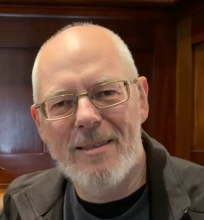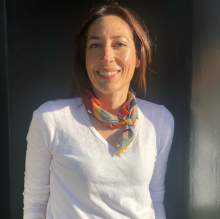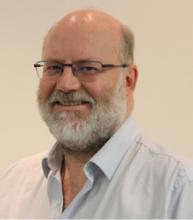Abstract
The Tesla Energy Platform uses software to give control to customers and utilities when unexpected events happen, such as grid outages, severe weather events, or energy demand peaks. Additionally, it delivers hundreds of thousands of localized greenhouse gas emission and weather forecasts to enable autonomous decision making on the device to meet electric demand reliably, sustainably, and economically.
This talk will explore the architecture of the Tesla Energy Platform including:
- The use of asset hierarchies modeled by distributed sharded actors to track the state of physical devices and their environment.
- The distribution of optimization inputs for batteries to better utilize energy storage at home.
- Functional programming techniques to make the software more composable, reliable, and testable.
- Strategies to decouple critical operational functionality from analytical workflows.
- Trade-offs in edge vs. cloud computing informed by the requirements of a diverse set of smart features.
- Key takeaways on pushing-to-device vs. device-poll models with hundreds of thousands of IoT devices.
Speaker

Hector Veiga Ortiz
Staff Distributed Systems Engineer @Tesla Energy Cloud Platform
Héctor Veiga Ortiz is a Staff Distributed Systems Engineer on the Tesla Energy Cloud Platform team. Over the last decade, he has been responsible for designing and developing scalable real-time data systems. Recently he has focused on providing reliable and quick access to this data through streaming APIs and distributed time-series data stores.
Speaker

Natalie DellaMaria
Senior Distributed Systems Engineer @Tesla Energy Cloud Platform
Natalie DellaMaria is a Senior Distributed Systems Engineer on the Tesla Energy Cloud Platform team. For the past two years, her focus has been on cloud software for device management and control to optimize distributed energy sources and support great customer experiences. She has recently dipped into the firmware realm and is enjoying learning about writing code on the edge.






